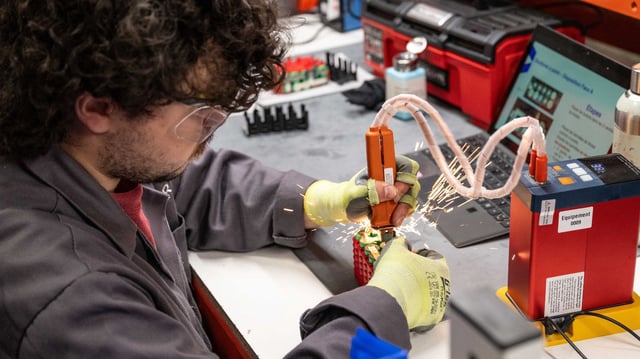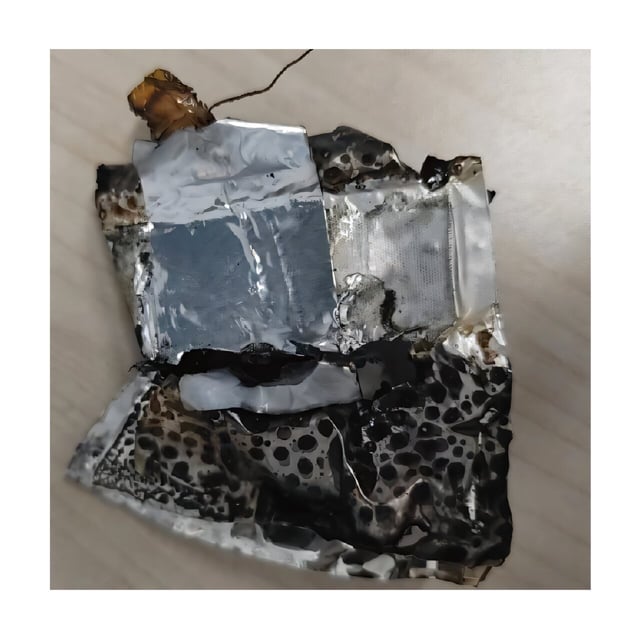Overview
- Lab prototypes of lithium metal batteries incorporated a flame-retardant polymer that breaks down above 100 °C to release fire-suppressing agents.
- In controlled trials exceeding 120 °C, standard cells reached 1000 °C and ignited, whereas polymer-enhanced prototypes peaked at 220 °C without fire or explosion.
- The polymer mechanism smothers flammable gases at the cathode and stabilizes anode reactions to prevent thermal runaway.
- Integration trials show the technology aligns with existing battery manufacturing workflows, although equipment tuning is needed for polymer infusion.
- Researchers are now focused on scaling production and verifying that the extinguishing byproducts pose no toxicity risks for mass deployment.


